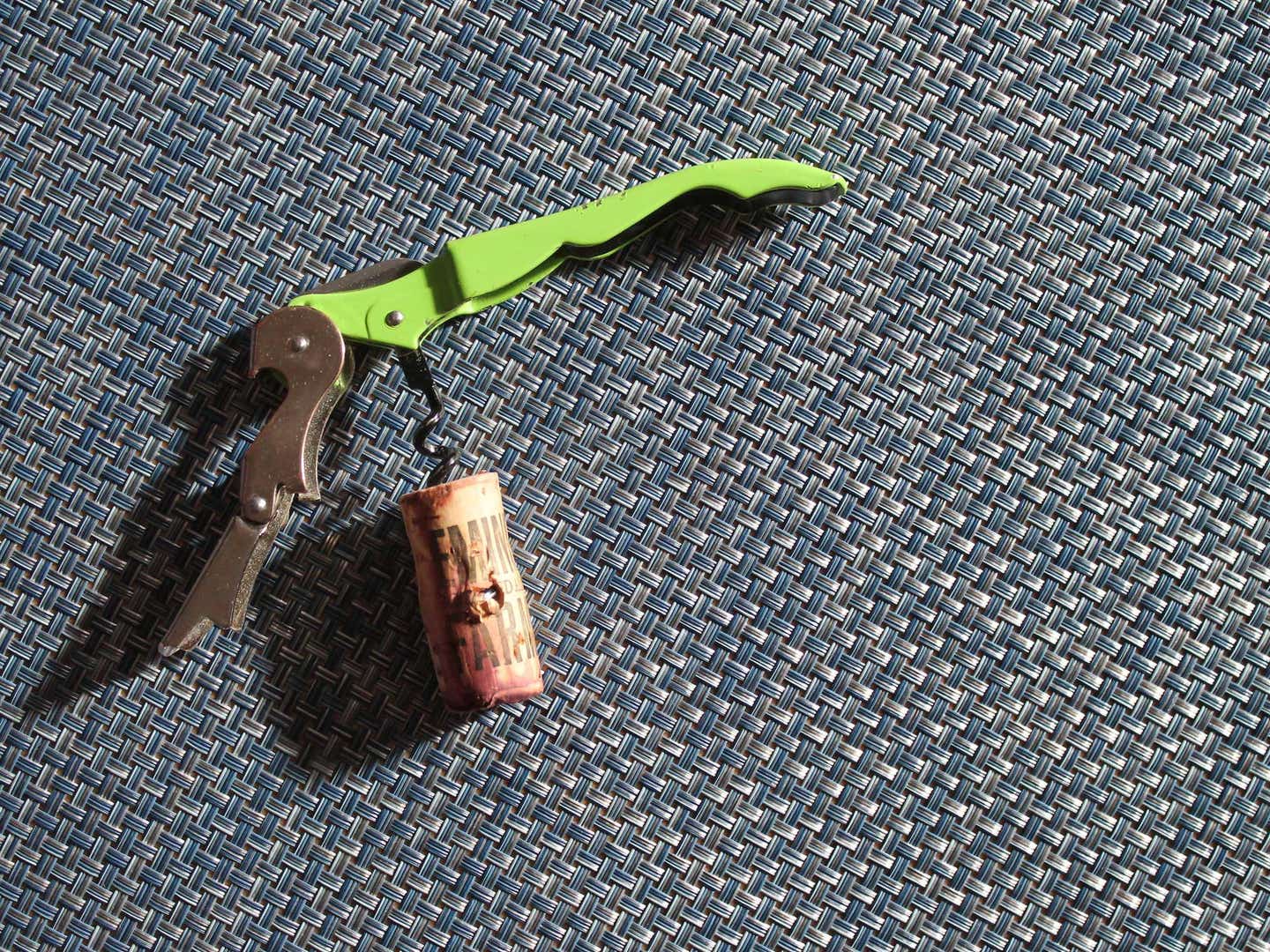
Wine Researchers Ask Bacteria How to Make Grapes Taste Better
A new study suggests a powerful correlation between a vineyard’s microbial composition and a wine’s flavor
When it comes to wine talk, few words get used as heavily as terroir. But beyond the near-mystic thinking about how climate, soil, and other growing conditions impact a wine's flavor, what's really happening to make your wine taste like it does? A new study published in mBio, NPR reports, asks whether the answer might lie, in part, in microbes.
In a correlational study that compared both Chardonnay and Cabernet Sauvignon grapes in Napa and Sonoma, researchers collected over 700 wine samples from the 2011 season. They then “identified the groups of bacteria and fungi in each sample by sequencing the microbial DNA. They also used a chemical analysis to identify collections of flavor metabolites in the final products.”
The microbes in the soil wound up being strong predictors of how a wine would taste, even on a fine level within specific regions. The researchers, NPR notes, "discovered that neighboring vineyards often harbor unique collections of microbes, as well as unique groups of flavor metabolites in the finished wines. They also found that they could use the microbial community of the pressed grapes to predict which collections of flavor metabolites would end up in the finished wine.”
Since this is a correlational study, the researchers can't make any causal claims about a wine's flavor being directly impacted by the unique microbial composition of a plot of land. But bacteria and fungi are a compelling hypothesis for just how terroir can affect wine grapes in precise and consistent ways.
This is only the latest in a long string of research aimed at demystifying what terroir means and how it works. There's a lot of new vocabulary, but few scientific answers. Take, for instance, the hot new term "minerality," an especially ambiguous description of wine flavor. Clark Smith, a California wine consultant, stated in the Wall Street Journal that "minerally wines most often come from grapes grown in limestone, schist and granite soils. While he called minerality 'indefinable,' he had his own way of thinking about it: a wine with an 'energetic buzz.'" How the mineral content of soil winds up affecting the flavor of grapes is still up for debate, as is what minerality even means. In the same article, Chablis producer Fabien Moreau described it as a "'freshness' that could also be used to describe a wine that was minerally."
But this recent study is certainly an interesting step for those interested in knowing what influences terroir and their wine’s flavor. At the end of the NPR piece, wine scientist Anna Katharine Mansfield says of these findings, “‘Measuring as much as you can measure, even in a wine you are happy with, gives you a baseline and a way to guess what went wrong if the flavor changes...Wine is an art and a science. But if the art can be informed by the science, then we have a broader palette to paint with.’"
Keep Reading
Continue to Next Story










